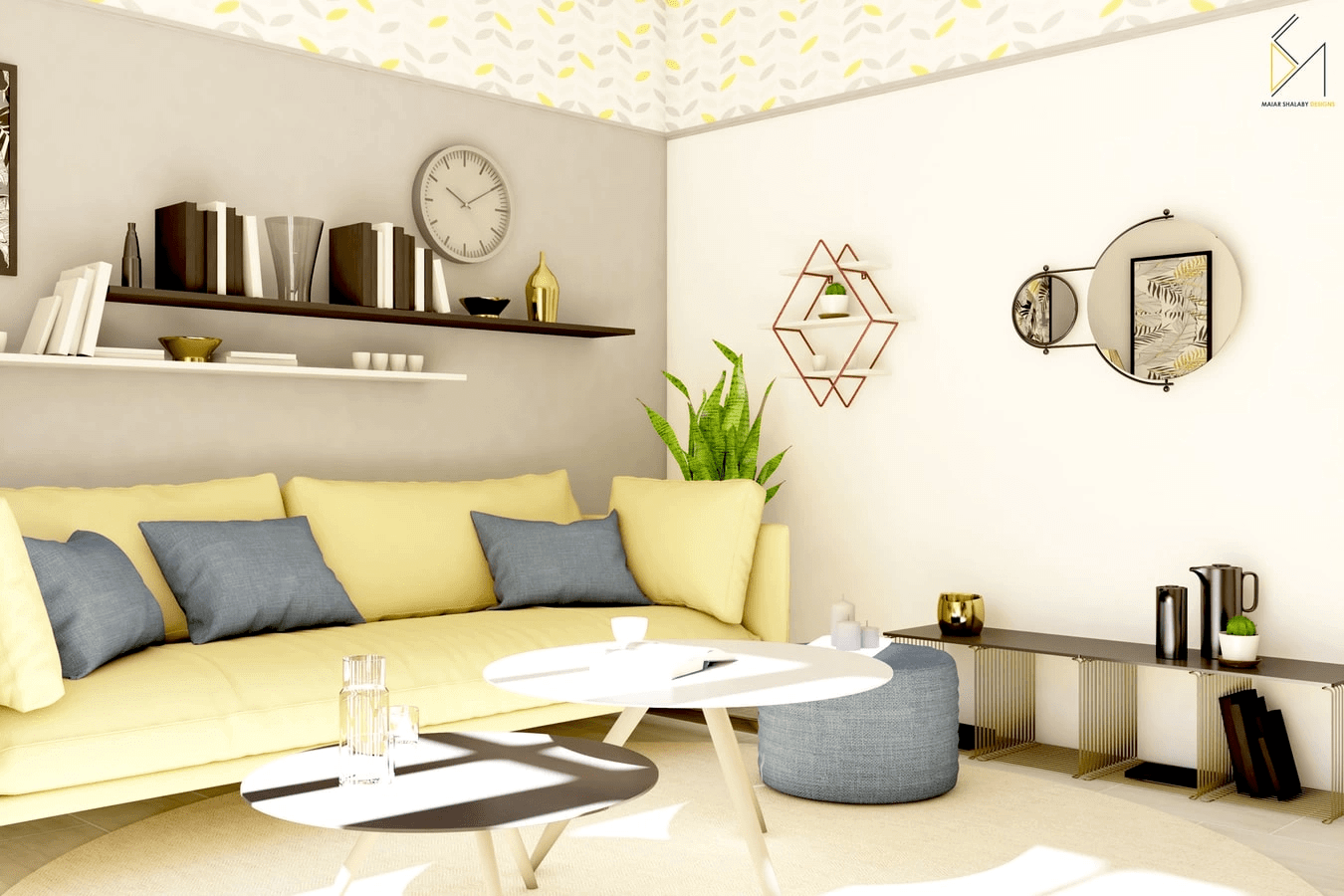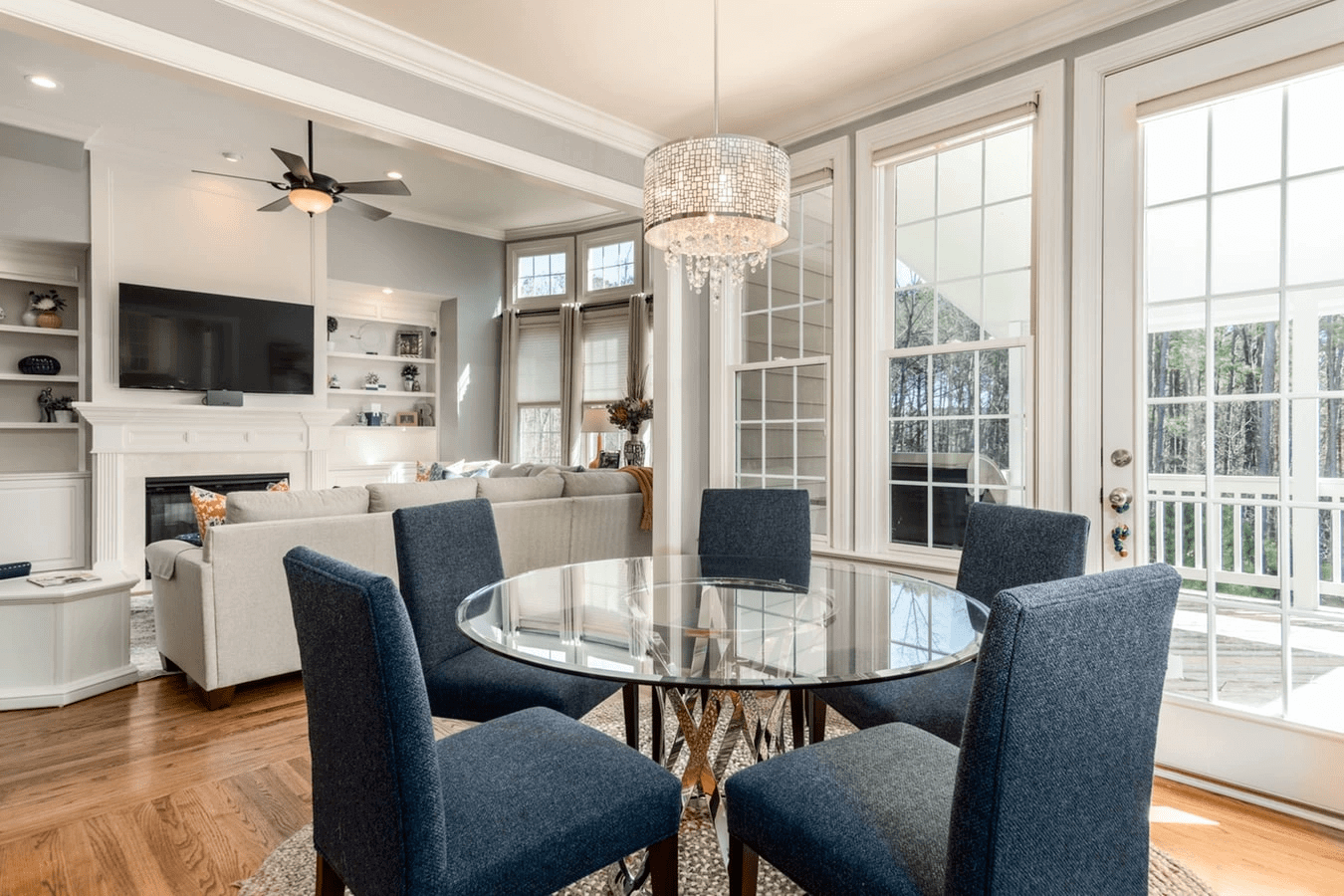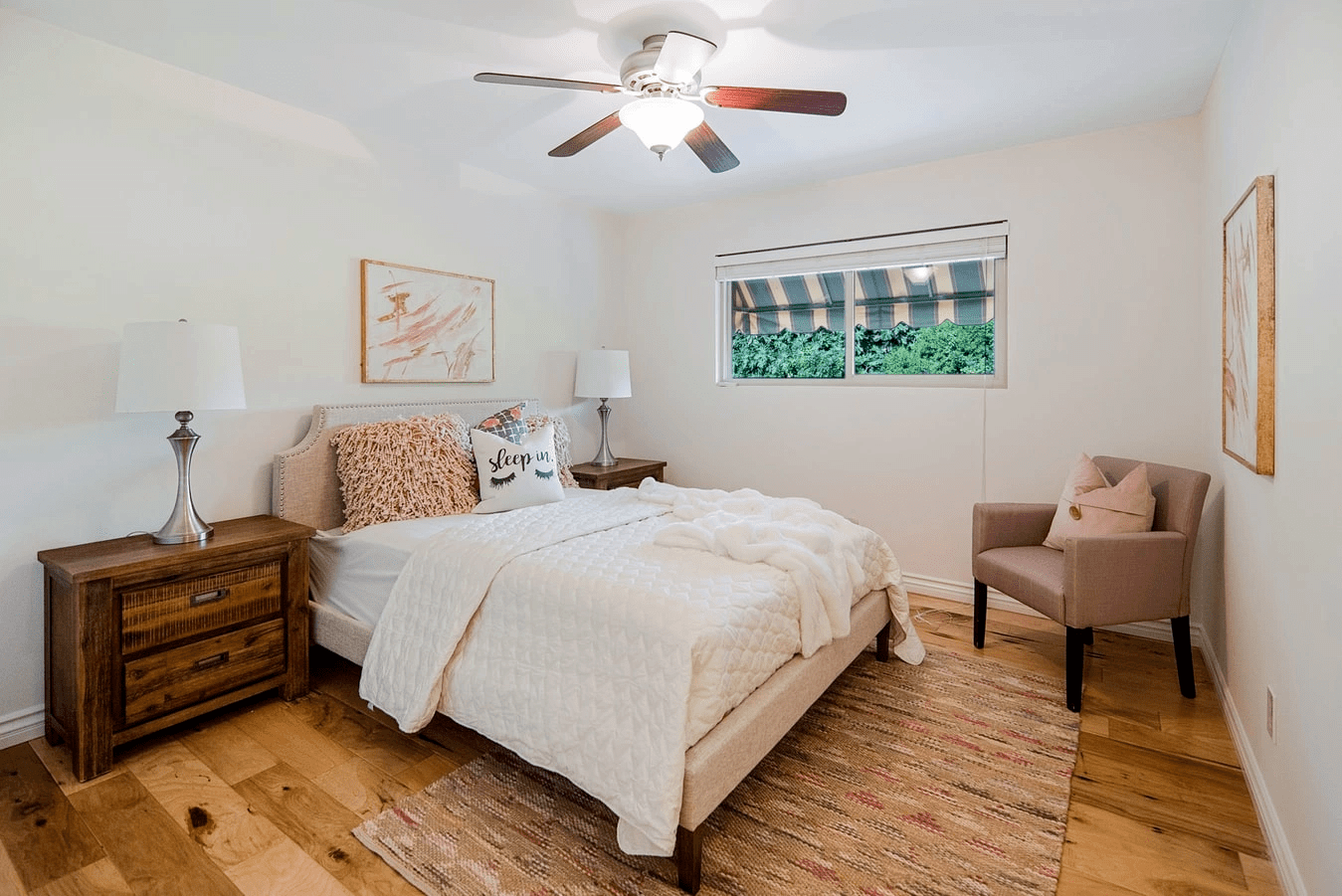Five Simple Ways To Improve Acoustics Within Your Home
Acoustics is a key consideration for many homeowners. People want a quiet and comfortable home, undisturbed by the sounds of external traffic, pedestrians or wind and rain. Internal noise can also be an issue, with the hum of conversation, thumping music and television chatter all infiltrating through a building, easily transferring from room to room, floor to floor or even home to home.
However, this does not have to be the case. Here are five simple ways in which you can easily improve the acoustics within your home, reducing the amount of nuisance noise you experience and creating a more peaceful environment in which to live.
1. Floor Coverings

One of the biggest surfaces within a house is the flooring. Hard coverings, such as laminate or tiles, will reflect sound waves back into the room, creating an echo (reverberation). Unfortunately, they can also act as an excellent amplifier of impact noise, such as footsteps, resulting in sounds easily transferring around a building.
Solution: Whereas hard floors reflect sound, carpets have the ability to capture, absorb and diffuse sound energy, reducing the reverberation of sound waves within a room.
Alternatively, depending on personal taste, or for rooms where carpet is an unsuitable floor covering, such as the kitchen or bathroom, a good acoustic underlay will help to decouple the floor covering from the base layer below, providing some resistance to impact noise through the structure of the building.
2. Electronics and Appliances

Hard surfaces within a room are excellent amplifiers of sound. Due to rooms usually being square in design, the flat parallel surfaces allow sound waves to reverberate back and forth. Additionally, the corners of a room can act as a natural amplifier, further increasing the overall effect that noise has within a house.
Solution: Large soft furnishings, such as sofas, will act as an absorption panel, trapping a large proportion of the sound energy. Other items such as rugs, cushions and even curtains can significantly enhance the acoustics of a room, improving speech clarity and acoustic comfort.
3. Electronics and Appliances

As with many problems, while prevention can be effective, one of the best ways to improve acoustics within your home is to stop noise at its source. We all have lots of domestic appliances that can cause a significant amount of noise, which in turn can lead to discomfort and a number of health-related issues.
The sound of normal conversation measures in at around 60dB. Therefore, anything approaching or exceeding this level is enough to disrupt day to day life. Some examples of appliance noise could include:
- Vacuum cleaner – 70dB
- Washing machine/dishwasher – 80dB
- Food processor – 90dB
- Hand drill – 98dB
Solution: It may sound simple, but even just ensuring that appliances are correctly fitted, such as by correctly levelling a washing machine or adding additional rubber feet, can make a significant difference to the amount of sound energy transferred into a room and the overall noise level within the house.
Another tip is to experiment with the distance an appliance sits in relation to the wall or other hard surface. For example, did you know that speakers send a proportion of the sound backwards, in addition to forwards, as the speaker diaphragm vibrates? This energy can be reflected off the walls, causing an undesirable effect that in some cases amplifies the overall sound level. Small adjustments can make a big difference, so it pays to experiment until you find the optimal setup for appliances that minimise nuisance noise.
4. Air tightness
It may come as a surprise, but air tightness is actually a key factor in acoustic performance. Even small gaps can allow sound to easily pass into a structure – just think about how much external noise enters a room by simply opening the window.
Building Regulations state that all internal walls must achieve a 40dB reduction in sound, except for those that contain a door. This is because no matter how well insulated and protected the wall is, the door opening will ultimately impair the overall acoustic performance.
Solution: Take a look at the external envelope of the building and seal any visible gaps around windows and doors. This will not only increase the thermal efficiency of your home but can also help block out external noise such as traffic, passers-by or barking dogs.
Internally, any penetration in a wall, such as a plug socket or light switch, can provide a weak point for sound to travel through. In this example, the installation of acoustic glass mineral wool insulation in the cavity would reduce the air movement and in turn, significantly improve the acoustic performance of the wall.
5. Insulate between floors
Many older homes do not have any form of insulation between floors. By allowing there to be a void within the floor cavity, sound can easily pass from upstairs to downstairs, and vice versa. This can cause high levels of noise disruption, especially with families living in close proximity – for example, parents watching television downstairs while their children are in bed upstairs.
Poorly insulated floors can also cause problems within multi-occupancy buildings where residents reside on different floors, above and below one another, with nuisance noise easily travelling from apartment to apartment.
Solution: Lifting the floorboards upstairs and fitting 100 mm of acoustic partition roll in the joist zone will prevent a significant amount of airborne sound transferring between floors. This can be further enhanced by fitting a high-quality underlay and a soft floor covering, such as carpet, or laying down a rug on hard floors, to help prevent impact noise.
Your home should provide you with a comfortable environment in which to live. However, with the volume of modern life increasing year-on-year, both external and internal noise has the power to disrupt and disturb our everyday life. By implementing these five top tips, you can easily improve the acoustic performance of your home, minimising the effect of noise and creating a quieter space for you and your family to enjoy.
For all of your home acoustics and soundproofing needs, contact Acoustica Projects now.
Call us 1300 498 268
Email us – enquires@acousticaprojects.com.au
Website – https://www.acousticaprojects.com.au

